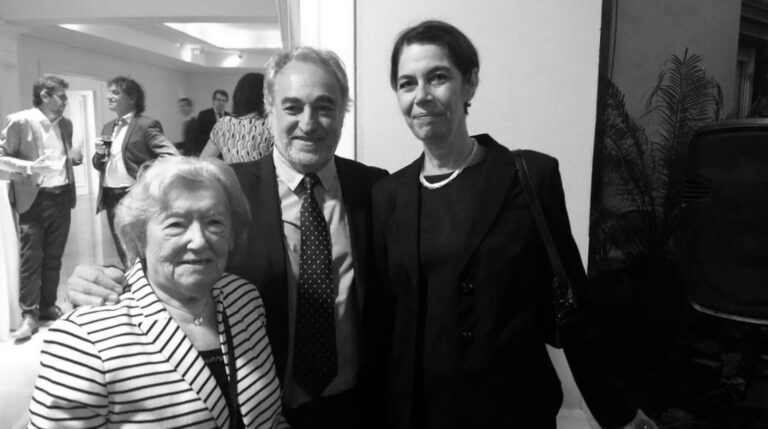Heartbroken parents who put an orange statue of their dead son on his grave have been ordered to take it down by judges in Germany because it is ‘too flashy’.
Grieving Hartmut and Theodora Schott commissioned the near life-size sculpture of their son Ricardo after he died aged just 25.
But when city officials in Wallhausen, in the state of Baden-Wuerttemberg, ordered them to take it down, they sued the Town Hall, asking judges to reverse the ruling.
They told the Stuttgart Administrative Court that the council had shown “icy coldness towards the bereaved”.
The parents said the colourful 1.55-metre (5-foot) statue helps them deal with their grief.
But judges backed the council and ordered the Schotts to take down their son’s sculpture, saying its bright, flashy appearance had upset other cemetery users.
In a blunt ruling on 16th May, they said the Schotts had violated the graveyard’s dignity and flouted the rules on tombstones and tributes.

Judges said: “A cemetery is not the sum of unrelated individual graves lying next to each other, but a common burial place for a large number of dead.”
A court statement obtained by Newsflash added: “In its judgment of 16th April 2024 (6 K 943/23), the 6th Chamber of the Stuttgart Administrative Court has filed lawsuits for the granting of a permit for an already erected 1.55-metre high gravestone with a base in the form of an image of the deceased in white, yellow, orange and red, at the cemetery in Wallhausen and rejected it.
“It also confirmed the order for its removal.”
They added: “In a decision dated 21st September 2022, the defendant municipality of Wallhausen refused to grant the approval for the tomb requested by the parents of the deceased and ordered the removal of the tomb that had already been erected.
“After the objections to the notices were rejected, the plaintiffs filed a lawsuit with the Stuttgart Administrative Court on 16th February 2023.”
The statement continued: “The admissible lawsuits are unfounded. The plaintiffs are not entitled to the approval they requested for the tomb described above.”
They said council rules were clear that “cemetery statutes, gravestones and other grave furnishings must ‘correspond to the dignity of the cemetery in its individual parts and in its overall structure’.”
The ruling added: “The regulation expresses the fact that a cemetery is not the sum of unrelated individual graves next to each other, but a common burial place for a large number of dead.
“The individual grave site is therefore community-related, with the result that the right to individual grave design cannot be unlimited, but is subject to the restrictions that arise from this community character.”
The statement also said: “The defendant rightly refused to grant permission for the tomb.
“A dignified burial and an undisturbed commemoration of the dead are also opposed to gravestones that are intrusive, showy or otherwise objectively capable of causing offence and impairing the general cemetery purpose of commemorating the dead.
“In view of the purpose of a cemetery to enable undisturbed commemoration of the dead for all mourners, a free, even artistic grave design is only possible to the extent that it does not impair the legitimate interests of the other authorised users.
“The local cultural and social conditions must also be taken into account.
“Measured against these standards, the defendant rightly assumed that the plaintiff’s tomb design was likely to impair the general cemetery purpose of commemorating the dead and was therefore incompatible with the dignity of the cemetery.
“According to the impression that the Chamber was able to gain from the defendant’s cemetery and the tomb erected there during its inspection, it stands out clearly from the surrounding tombstones due to the striking and bright colour design and the almost life-size image of the deceased and attracts attention attracts the attention of cemetery visitors to such an extent that they can hardly escape the effect.
“The removal order is also legal.
“In particular, the inspection showed that there are no other similarly conspicuous gravestones in the cemetery, so that the removal order does not violate the principle of equal treatment.”
One local, named only as Heike S., 73, told local media: “Not everyone can do what they want in the cemetery.”
The Schotts have reportedly already appealed the verdict.
To find out more about the author, editor or agency that supplied this story – please click below.
Story By: Joseph Golder, Sub-Editor: Joseph Golder, Agency: Newsflash
The Ananova page is created by and dedicated to professional, independent freelance journalists. It is a place for us to showcase our work. When our news is sold to our media partners, we will include the link here.




